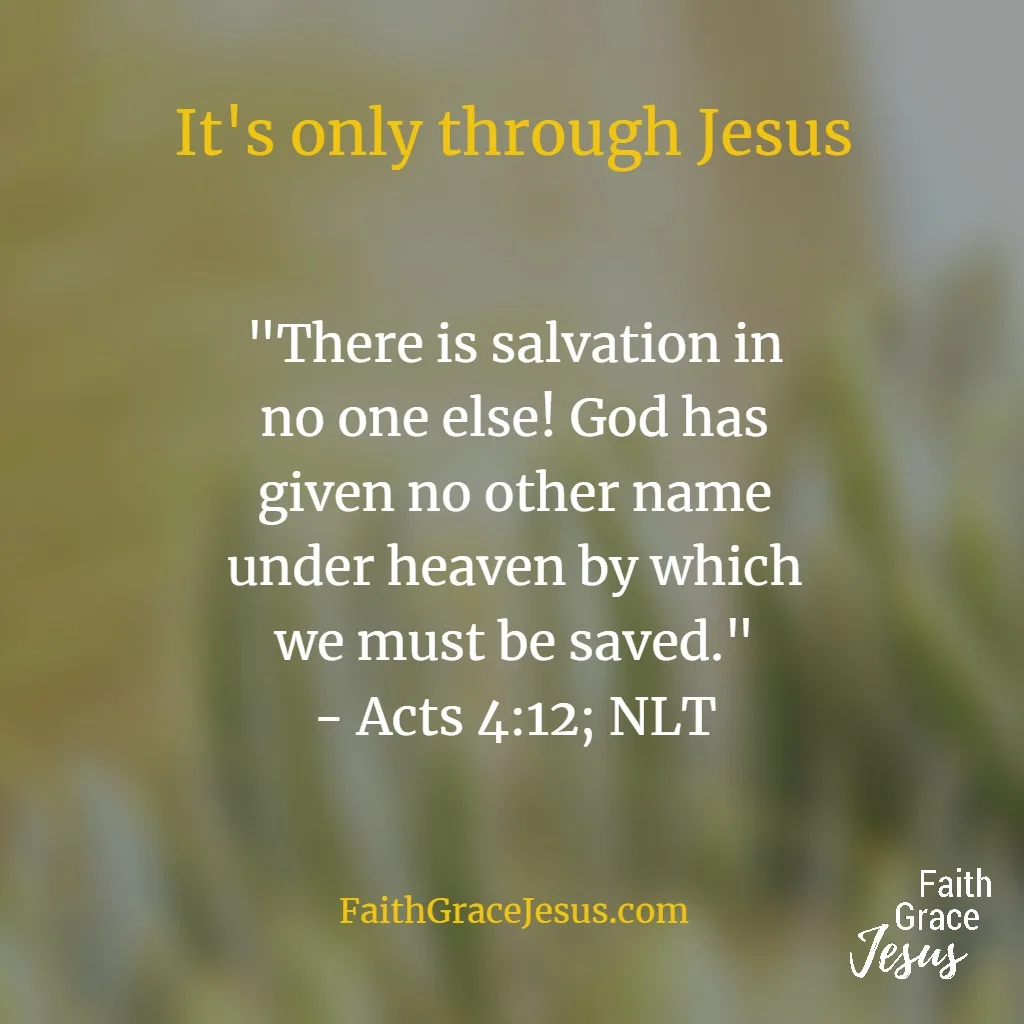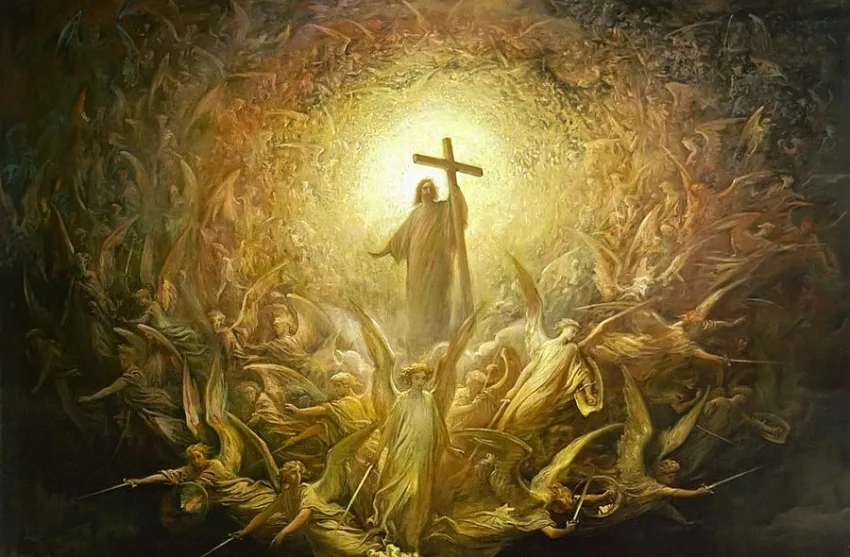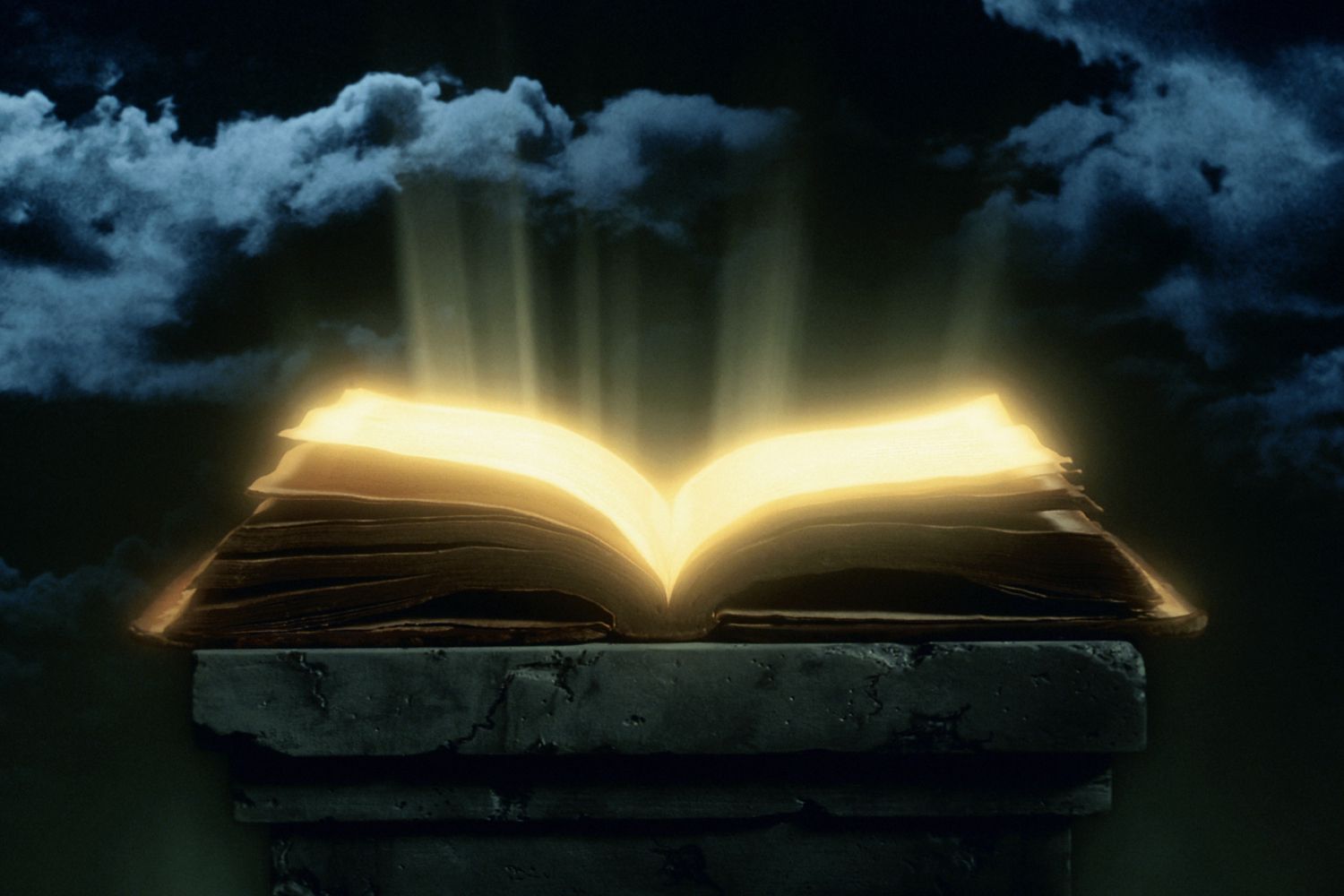Is Jesus the Only Way to Be Saved?

A common question asked of (and by) Christians is “What about those who have never heard the gospel? Can they be saved? Or is Jesus the only way?”
Both universalism—which says all people will eventually be saved—and pluralism—which says there are many ways to God—say Jesus is not the only way to salvation. However, Scripture clearly and consistently says many will be eternally separated from God under divine judgment (Matthew 7:13; Revelation 20:15), and also condemns religions that reject him (Exodus 20:3–5; Isaiah 31:7; 1 Corinthians 10:7; 12:2). Neither universalism nor pluralism can be true.
Exclusivism and Inclusivism
The two views held by evangelicals are exclusivism and inclusivism. Exclusivists (restrictivists) say, “Only those who have heard the gospel and believe in Jesus as their Savior can be saved.” Inclusivists say, “Jesus is the only way to be saved, but it is possible for those who have never heard the gospel and do not know Christ to be accepted by God and brought into his family.”
Exclusivism, the traditional and majority view, is supported by texts like John 14:6: Jesus himself said, “I am the way and the truth and the life. No one comes to the Father except through me.” In Acts 4:12, Peter said to the Jewish religious leaders, “Salvation is found in no one else, for there is no other name under heaven given to mankind by which we must be saved.” Stated negatively, “Whoever does not believe stands condemned already because they have not believed in the name of God’s one and only Son” (John 3:18).

After quoting Joel 2:32, “Everyone who calls on the name of the LORD will be saved” (Romans 10:13), Paul asks, “How, then, can they call on the one they have not believed in? And how can they believe in the one of whom they have not heard? And how can they hear without someone preaching to them?” (v. 14).
He seems to assume the necessity of hearing the gospel in order to be saved. If inclusivism is right and there can be salvation apart from the gospel, then according to exclusivists, there is no motivation for evangelism. In fact, if inclusivism is correct, we may actually jeopardize the salvation of many people by proclaiming the gospel to them, because if they do hear it and then reject it, they are most certainly lost forever (John 3:18). Either way, according to exclusivists, inclusivism hinders the work of missions.
Inclusivism says salvation is possible through belief in general revelation apart from special revelation—specifically, knowledge of Christ and his work of atonement. However, exclusivists point out that Paul says even though God has clearly revealed himself in creation (general revelation), for example, everyone has rejected this knowledge (Romans 1:18–25). A bit later, he strings together quotations from the Psalms and says,
There is no one righteous, not even one;
there is no one who understands,
there is no one who seeks God.
All have turned away,
they have together become worthless;
there is no one who does good,
not even one.
Romans 3:10–12
Such universal language seems to deny the possibility that inclusivism assumes. No one has been drawn to God through general revelation; all people “suppress the truth by their wickedness” (1:18). So the only way to be right with God is through special revelation.
We Can Count on God’s Justice
Contrary to the accusations of some critics, exclusivists do not believe God holds people accountable for what they have never heard, namely, special revelation—Jesus Christ and his gospel. Rather, he holds people accountable for what they do know, whether it is general or special revelation. God is just and will judge all people justly.
The exclusivist view is not easy to hold, and it has been much criticized because it denies hope of salvation for anyone throughout history who has never heard of Jesus Christ. Exclusivists emphasize, though, that we should embrace theological beliefs not because they make us feel good or make sense to our small minds but because they best represent what the Bible says.

Exclusivism and inclusivism agree that no one can be saved apart from Christ’s death for sin and that there is only one Savior (John 14:6; Acts 4:12). But inclusivists also say this does not mean the only way to be saved is by first hearing the gospel and then trusting in Jesus as Savior.
While nearly all Calvinists and most Arminians hold to exclusivism, some Arminians argue for inclusivism. To them, it just does not make sense that God, who is love (1 John 4:8, 16), loves all people (John 3:16), and wants all to be saved (1 Timothy 2:4; 2 Peter 3:9)—all central Arminian tenets—would only accept the ones throughout history who have heard the gospel of Jesus Christ and believed specifically in him. Certainly he accepts others who do the best possible with what limited knowledge they have through general revelation.
In other words, if those who have never heard the gospel still do believe in the Creator and Provider of all things and truly want to know him, God will accept them. After all, as Paul said to pagans, “God did [what he did among the nations] so that they would seek him and perhaps reach out for him and find him, though he is not far from any one of us” (Acts 17:27).
Or, if those who have never heard the gospel sincerely practice their non-Christian faith and do their best morally, God will accept them. After all, “It is not those who hear the law who are righteous in God’s sight, but it is those who obey the law who will be declared righteous” (Romans 2:13); even pagans “show that the requirements of the law are written on their hearts” (v. 15). Inclusivists say these are the kinds of situations that can result in salvation by Christ apart from specifically believing in him. Some inclusivists call such people “anonymous Christians.” They are believers but they don’t even know it themselves; only God does.
Inclusivists would also point out that many have been accepted by God without knowing Christ, namely, Old Testament saints—Abraham, Moses, David, even Gentiles such as Melchizedek (Genesis 14:18–20) and Rahab (Joshua 2:8–13; Hebrews 11:31; James 2:25). If it was possible for them, couldn’t it be possible for others?
This is a challenging issue. Most of us want as many people to be saved as possible. As always, the bottom line is, what does the Bible say?
INTERESTING FACT
C. S. Lewis illustrated his inclusivist belief in The Last Battle. In chapter 15, Aslan, the story’s Christ-figure, confronts Emeth, a devoted worshiper of Tash. After Emeth admits to serving the false god, Aslan says, “Child, all the service thou hast done to Tash, I account as service done to me.…
Therefore if any man swear by Tash and keep his oath for the oath’s sake, it is by me that he has truly sworn, though he know it not, and it is I who reward him.” When Emeth admits to seeking Tash his entire life, Aslan replies, “Beloved, unless thy desire had been for me thou wouldst not have sought so long and so truly. For all find what they truly seek.”
Aaron, D. (2012) Understanding Theology in 15 Minutes a Day. Minneapolis, MN: Bethany House Publishers, pp. 167–171.




